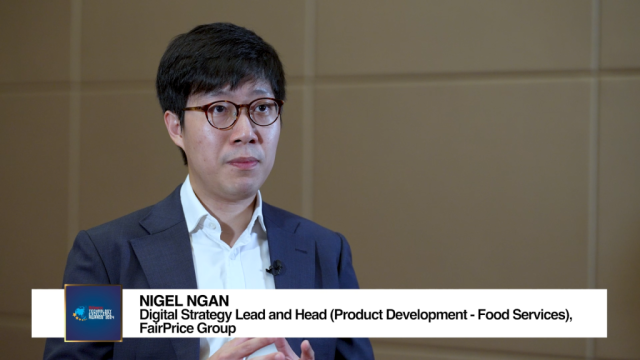Managing risk and contingency
By Mike ReedAs markets remain volatile, global competition intensifies and consumers remain ever-demanding, best-practice demand management is an imperative. To plan effectively for demand not only do you need to be able to understand what customer’s want and what is happening in the marketplace, you also need to successfully manage risk and contingency.
Whilst there is no such thing as a 100% accurate plan, you should make sure all plans are supported by clear, documented assumptions, and thus are realistic. In demand planning, this means getting to the truth as you know it.
A situational analysis has to be conducted - using tools such as Porter’s five forces and PEST analysis - to make long term projections, ideally over 24 months or more. As a team, you have to agree what this means for the future, and what the future looks like.
For example, you know price today, but what will it be in the future? Some very important projections, based on of the competitive environment and other factors impacting the organisation have to be made, and any assumptions validated.
It is essential to remember, however, assumptions are just that; they are not definitive, but a prediction of the most likely outcome given a set of circumstances. To effectively manage risk and contingency, you need a good understanding of the significant upsides and downsides behind the assumptions.
It would be rare indeed to predict exactly what will occur. Yet, in normal circumstances, assumptions will be close enough because there is always a certain amount of ‘predictable unpredictability’.
This is typically catered for by buffering with safety stock and capacity to ensure customers’ needs are met. At the same time, you need to be working on reducing the level of uncertainty to reduce buffers and the associated costs.
Both drivers (changes in the market, which the organisation cannot control, for instance the price of a material or component) and levers (those factors over which the business has full control – pricing, promotional activity and new product introduction, for example) need to be considered.
When any vulnerabilities or opportunities arise, it is important specific actions are identified, agreed and that everyone in the organisation understands how these actions will be applied.
Having a clear strategy, communicated throughout the business will allow you to defend against vulnerabilities and secure the ‘bankables’, i.e. the numbers the team are accountable for, and exploit any opportunities (‘possibles’). Naturally, the more opportunities are converted in to ‘bankables’, the better.
Regular scenario planning or ‘what-ifs’ are not only essential for managing contingency and risk, they also act as a powerful mechanism in allowing the leadership team to focus its attention on driving the organisation towards achievement of the business plan and strategic goals.
In the dynamic business environment of today, an effective tool for managing risk and contingency is imperative. By taking a long term view, and planning for any upsides and downsides, you can ensure your organisation is always prepared for the future, whatever it holds.

























 Advertise
Advertise









